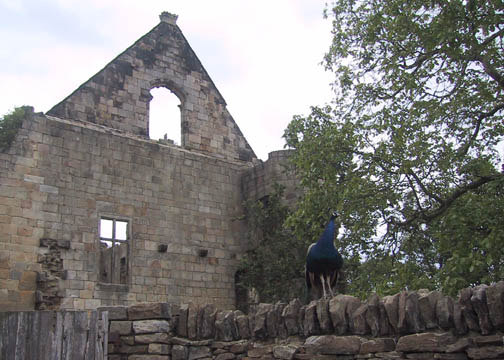| Mary's relative happiness at the various Shrewsbury properties was marred by constant illness, especially in the winter. Throughout the 1570's, she suffered from a nagging pain on her side, sickness, pains in her right arm and painful legs. In 1581 she had gastric influenza and by November 1582, the same symptoms led her physicians to believe that she was dying. In August 1574, her Secretary Augustine Raullett died. Mary found herself in the difficult situation of recruiting a trustworthy replacement with her limited finances. Her treasurer Dolin, a dishonest and careless man, had left her accounts in a state of chaos. Her jewels had been stolen in his charge at Sheffield, while all her Scottish income was being intercepted by the Regent. She could also expect little from her French dowry, which was paid irregularly. Eventually, Raullett was replaced by Claude Nau, a Lorrainer put forward by the Guises.
|



